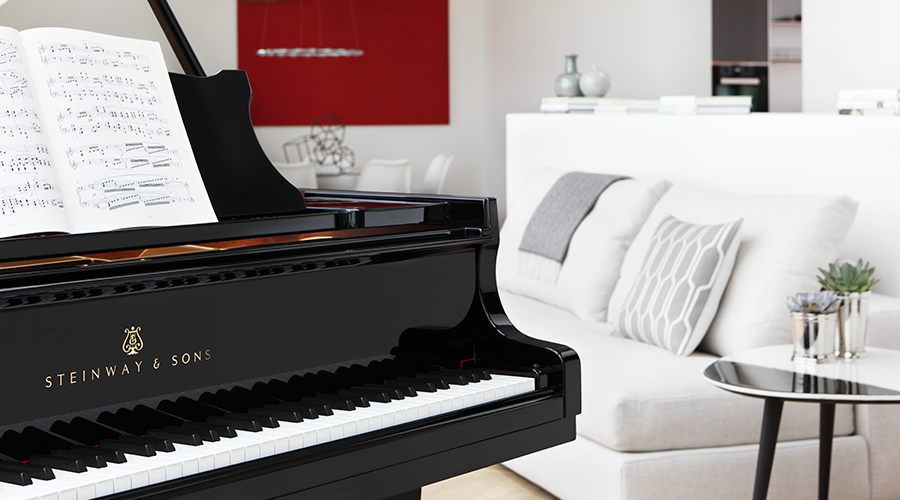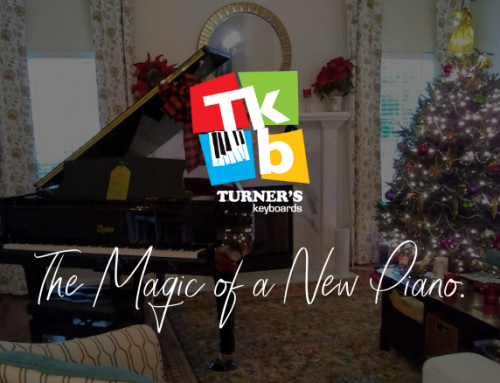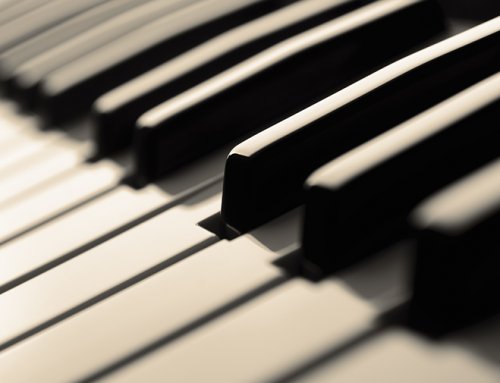Purchasing a piano for your family can create a lifetime of enjoyment and musical appreciation but you may be asking yourself what type of piano is best for me? Before you spend money for a piano, a little preparation is helpful so that you purchase a piano that is appropriate not only for your needs, but also works within your space, budget, and musical goals.
ACOUSTIC OR DIGITAL?
One of the first decisions to make is whether you prefer an acoustic or a digital piano. Digital pianos are usually the most affordable, roughly $1,000 to $3000 or more for a digital piano that most closely resembles an acoustic piano, and although they do not have the exact qualities of an acoustic, sound continues to improve for the high-end and mid-range instruments.
 They vary greatly in quality; some have hollow keys, while others try to replicate the feel and weight of acoustic keyboards.
They vary greatly in quality; some have hollow keys, while others try to replicate the feel and weight of acoustic keyboards.
Folks living in condominiums or apartments may prefer a digital piano simply because the user can practice silently with headphones. Additionally, a major plus for digital pianos is that they never need to be tuned.
Good quality acoustic pianos are much more expensive and usually range in price from $3,500 to $10,000 for uprights and $7,500 to more than $85,000 for grands. In contrast with digital pianos, you can also rent acoustic pianos or buy good quality used pianos for much less. Turner’s Keyboards has a piano rental option that makes owning a piano affordable for anyone.
Acoustic pianos can also serve as focal points in your home because they often are made of furniture quality wood with a variety of finishes. Additionally, good pianos last decades and may even appreciate in value.
Acoustic pianos also have the capabilities and range necessary to play all types of music, and some skills can only be learned on an acoustic piano.
NEW OR USED?
If your budget allows, choose a new piano. Always buy from a reputable piano retailer, where you can go and play the piano prior to purchasing it. Keep in mind, no two pianos are ever the same, even if they are from the same manufacturer and are the same model. All pianos differ in terms of touch and tone.
If a new acoustic piano falls outside your budget you may consider a second hand one. At Turner’s Keyboards we always have plenty of pre-owned pianos in our inventory show you.
However, be careful when buying a pre-owned piano from an individual that hasn’t been inspected thoroughly by a piano dealer. Many are very old and will be more susceptible to tuning issues.
Some ideas to keep in mind:
- New pianos usually come with a manufacturer’s warranty, a complimentary initial tuning, moving service, and more cabinetry and finish choices.
- If you purchase a new piano, your dealer may have a trade up policy that will give you the full purchased price of your piano as a trade in value when you desire a higher quality piano.
- Used pianos are generally reconditioned, and may come with a dealer warranty, moving service, and complimentary tuning.
- There may be extra repair and maintenance costs with a used instrument.
- If you find a used piano with wonderful action, its casework might not match your décor.
 HOW’S YOUR SPACE?
HOW’S YOUR SPACE?
Obviously, your new piano has to go somewhere in your home. But just where is the best place? Realistically there will only be a couple of options for the average sized house. Where this space is situated within your home, what type of home you have, and your living circumstances will all play a part in your decision.
An acoustic piano needs to be located in a room where the temperature doesn’t fluctuate too much, as this may cause tuning issues. The room should be acoustically separated from neighbors and other living areas so that there is limited restriction on practicing due to external factors. If there is no suitable location for an acoustic piano, then your best choice may be a digital piano. If you decide you have a suitable space for an acoustic piano, the question then becomes “which kind?”
TYPES OF ACOUSTIC PIANOS
Pianos have two basic categories: vertical and horizontal pianos. The upright or vertical piano is the most common piano due to its affordability, compact size, and warm sound. Uprights usually cost less, depending on the model, however some can exceed grand pianos in total value. Although uprights often are depicted as inferior to the grand pianos, a five-foot upright can rival a typical grand in terms of tone quality and loudness. Essentially the keyboard is the same and like the grand, varies in material constructions.
Grand pianos (horizontal pianos) are the largest piano type, and are frequently the most majestic (as well as expensive). Keys consist of wood coated in ivory, or sometimes pure ivory, depending on the piano’s manufacturers and classification. Grand pianos are said to produce finer tones and have the most responsive key action.
SO, WHAT IS THE RIGHT PIANO FOR ME?
All things being equal, buy the best piano you can afford that fits your living space and sounds most pleasing to you.







Great Information.Thanks for sharing